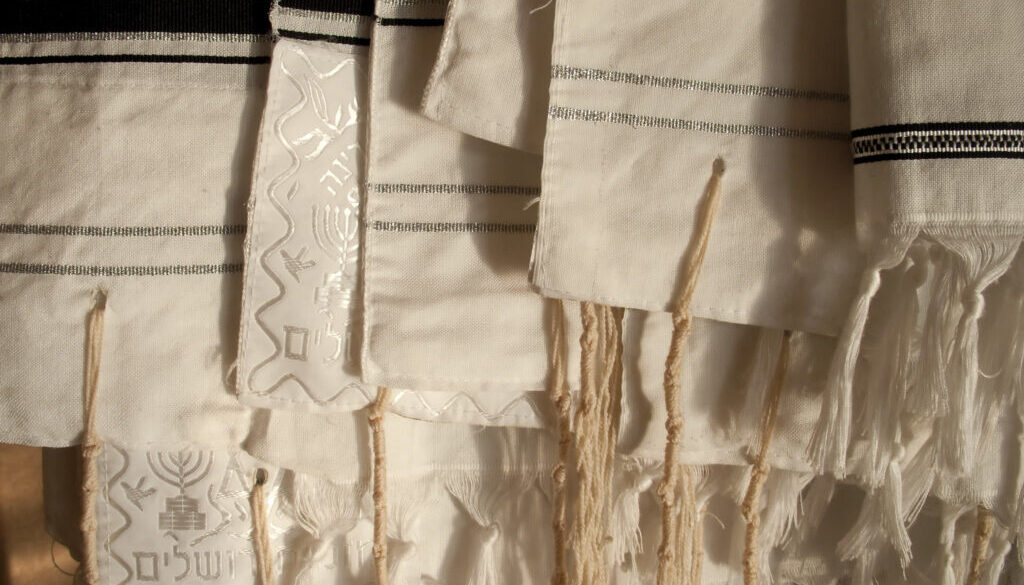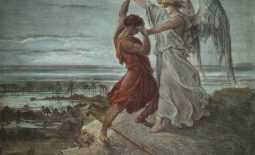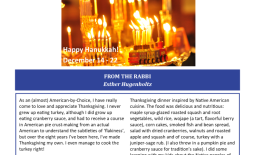Sermonette: Fringes
My dear brothers, sisters, holy siblings,
This is, admittedly rushed. I am still working on a frustratingly slow COVID recovery as well as healing my broken arm. There is also the joy of a Bat Mitzvah I do not wish to diminish. Yet, here we find ourselves on the eve when Roe v. Wade was struck down and I feel compelled to bring you the wisdom and succour of our tradition.
Like many of you, I am still reeling. There is only so much dissonance the human brain can absorb at any given moment and more wisdom (and rage) may filter through the recesses of our consciousness in days to come. I have spoken excessively on reproductive rights before; I have sermonized, taught, podcasted and protested. Yet, here we are.
My approach in this moment is more oblique. I would like to look at a perspective that delves deeper; that looks at the underpinnings of why these rights are so important; the notion of universal personhood and equality of all living, breathing human beings, so enshrined in our tradition. Including human beings with biological reproductive capacities.
This week’s Torah portion is Sh’lach Lecha. It is famous for many things; most of all the story of the twelve spies exploring the land but Hadassah will teach us more about that tomorrow. It is also famous for the passage in chapter 15 that tells us to attach fringes to the corners of our garments; tzitzit.
It seems strange to dwell on this right now. Why is this important? It’s a mitzvah I love, for sure. But it’s not a mitzvah that has been the ‘constitutional birthright’ of every Jewish woman. While the Torah is not gender-specific about who gets to wear this symbol of our call to be a kingdom of priests and holy nation; this paradoxical symbol of dignified royalty and radical equality, it is the later sources of the Mishnah, Talmud and Halakhic Codes that are very gender-specific. Women are exempt. An exemption turned into a prohibition. And a prohibition turned into a taboo. I remember my heart pounding in my chest when I shopped for my first tallit. It felt circumscribed and suspect. I, like many other Jewish women, have been judged, challenged negatively and condemned for wearing tzitzit; for wanting to fulfil this mitzvah on my own terms, out of love for my covenant and Creator. And I, too, have explored every possible source and interpretation for my sense of obligation.
To me, my tallit symbolizes my equal citizenship of our covenant-people; my reclaiming of a constitutional right that was implicitly there for me but explicitly denied me. It is a symbol of me fusing the worlds of bodily autonomy and the deep conviction of religious obligation. It is my profoundest right. It is a stark reminder of my personhood.
What we do next, dear ones, I don’t know yet. We mourn and then we organize. We come together, is what I know, and build sacred spaces of safety where we elevate the personhood of all women and people with uteruses. We affirm their position in the great covenant of this nation. We shine our example relentlessly when the darkness gathers round. Because when it comes to humanity and equality, the God of Israel tolerates no compromises.
None of us are free until all of us are free.




